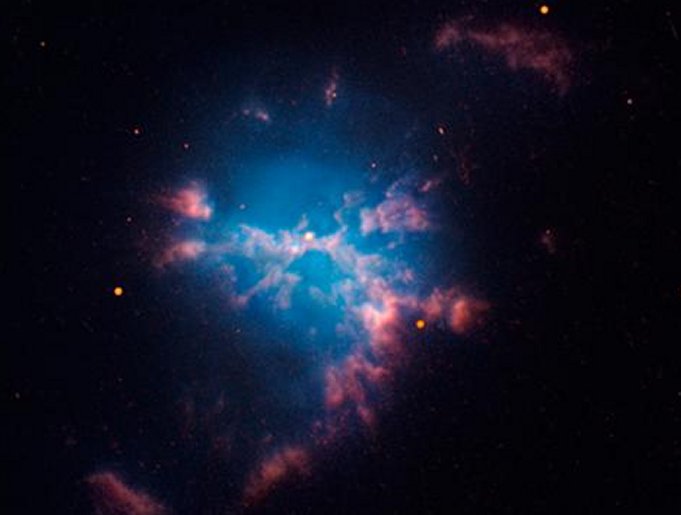MessageToEagle.com – Two stars in a binary pair that complete an orbit around each other in a little over three hours and are almost touching, have been discovered by an international team of astronomers using the telescopes of the European Southern Observatory (ESO) in Chile.
The stars reside in the planetary nebula M3-1 and they could drive a nova explosion, an entirely unexpected event based on our current understanding of binary star evolution, astronomers say.

The team led by David Jones of the Instituto Astrofisica de Canarias and the Universidad de La Laguna, looked at M3-1 over a period of several years and in the process, they discovered and studied the binary stars in the center of the nebula.
“We knew M3-1 had to host a binary star, so we set about acquiring the observations required to prove this and to relate the properties of the nebula with the evolution of the star or stars that formed it” says Brent Miszalski, researcher at the Southern African Large Telescope, and co-author of the study.
The planetary nebula M3-1 is located in the constellation of Canis Major, at a distance of roughly 14,000 light years. M3-1 was a firm candidate to host a binary central star, as its structure with prominent jets and filaments is typical of these binary star interactions.
The two stars are so close together that they cannot be resolved from the ground, so instead the presence of the second star is inferred from the variation of their observed combined brightness – most obviously by periodic eclipses of one star by the other which produce marked drops in the brightness.
“When we began the observations, it was immediately clear that the system was a binary” explains Henri Boffin, researcher at the European Southern Observatory in Germany.
“We saw that the apparently single star at the centre of the nebula was rapidly changing in brightness, and we knew that this must be due to the presence of a companion star.”
The pair are likely to undergo a so-called nova eruption, the result of the transfer of material from one star to the other. When this reaches a critical mass, a violent thermonuclear explosion takes place and the system temporarily increases in brightness by up to a million times.
MessageToEagle.com






